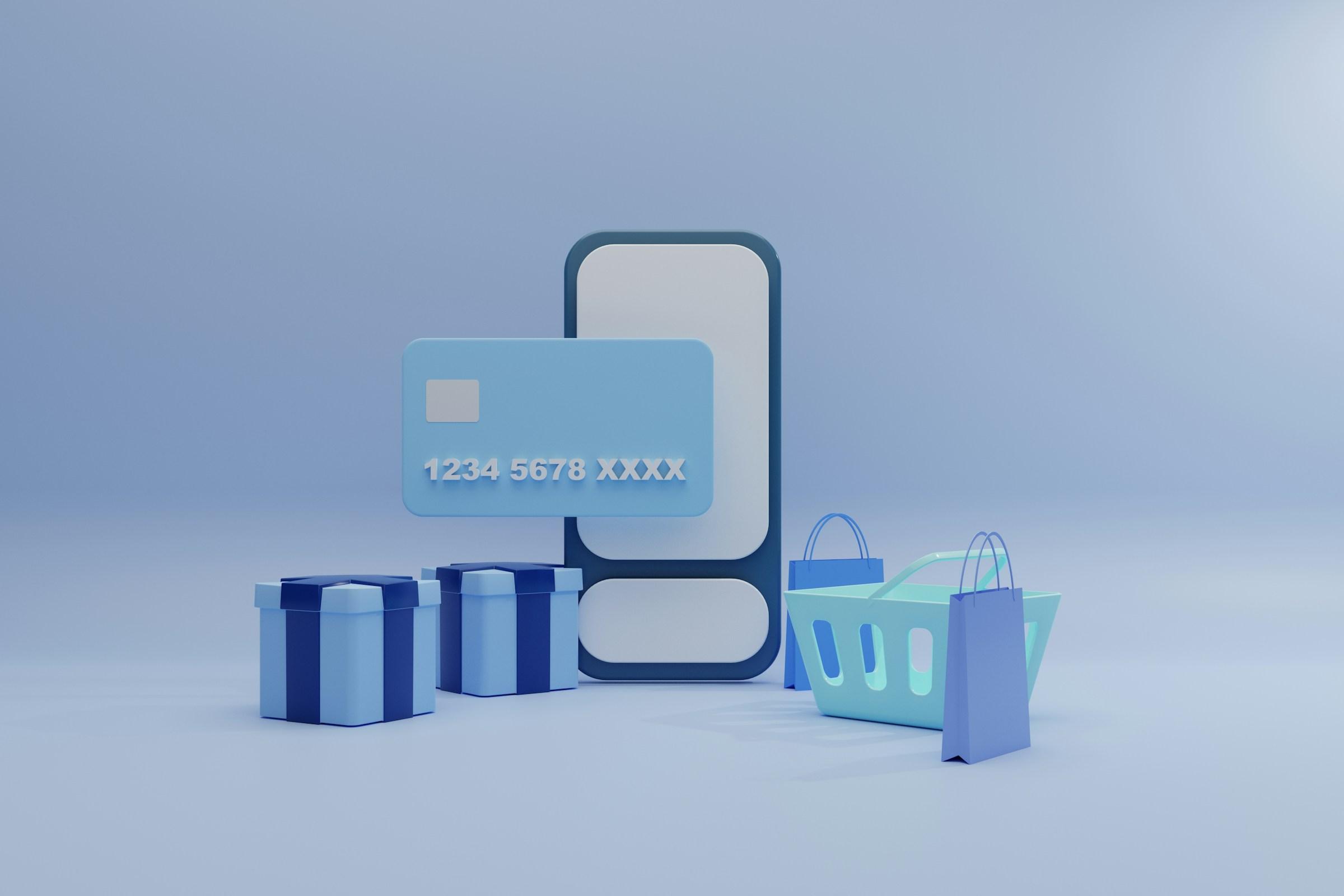Good credit is often described as a financial superpower, but its magic lies not in flashy tricks, rather in the quiet ways it lowers your costs, expands your choices, and smooths out life’s frictions. At its core, a credit score is a translation of your past borrowing behavior into a single number that lenders, landlords, insurers, and even some employers use to decide how much risk you represent. A higher score signals reliability. Reliability lowers risk. Lower risk unlocks better pricing, faster approvals, and trust that shows up in practical ways you can feel month after month. When you step back from the jargon, having good credit is less about bragging rights and more about how cheaply and easily you can access the same products and services as everyone else. The difference is that you pay less and move faster.
The most obvious way good credit pays you is through lower interest on big purchases. Consider the long arc of a mortgage or a car loan. Two people might buy the same house or the same sedan, but the person with strong credit will often secure a meaningfully lower annual percentage rate. On a large mortgage, even a single percentage point in rate can translate into tens of thousands of dollars over three decades. That is money you never see, because it never leaves your account in the first place. The same dynamic plays out with car loans and personal loans. The product is identical. The interest cost is not. Good credit lets interest work with you, not against you, so that more of every payment goes toward principal and less evaporates as financing cost.
Beyond pricing, good credit changes the tempo of your life by speeding up approvals and trimming paperwork. Much of lending and leasing now runs through automated systems that look for patterns of risk. If your credit file shows on time payments and modest balances relative to your limits, software is more likely to green light you quickly. That speed matters during moments when time pressure is real, such as applying for a popular apartment, locking in a promotional refinancing offer, or grabbing a limited time bank signup bonus that fits your normal spending. With strong credit, the process feels like priority boarding. You still need to show your identification and follow the rules, but the line is shorter and the path is clearer.
There is also a day to day benefit to the increased trust that flows from a good score. Credit card issuers and digital banks tend to reward consistent behavior with higher spending limits and access to better product tiers. A higher limit, when used responsibly, gives you breathing room for irregular expenses and lowers your utilization ratio, which is the share of available credit you are using at any one time. Lower utilization supports a stronger score, creating a helpful feedback loop. In some cases, higher tier cards that become available with good credit offer travel protections, purchase safeguards, and credits that, when matched to your habits, can exceed the annual fee. The power here is not in spending more, but in making the same purchases with a tool that is priced and protected more generously because you have earned trust.
Good credit can even influence the price of products that are not loans. In many markets, insurers are allowed to use credit based information when pricing car or home coverage. They do this because a statistical relationship exists between certain credit behaviors and the likelihood of filing claims. If your credit is strong, your premium may drop for the same coverage. If your credit is weak, the opposite can happen. You do not get more protection for paying more. You simply pay a surcharge for higher perceived risk. By tending your credit, you lower a recurring bill without changing anything about your policy limits, which is one of the rare wins in personal finance that does not ask you to sacrifice convenience or safety.
Another quiet advantage involves deposits and holds, the small frictions that tie up your cash. Landlords, utilities, mobile carriers, and internet providers frequently run credit checks before service begins. With a healthy credit profile, you are more likely to receive deposit waivers or be asked for a smaller amount. That means less of your money sits in someone else’s account as collateral. The same logic appears in travel. Hotels and car rental companies commonly place temporary holds on your card to protect against incidentals. A strong score, paired with a sensible limit, reduces the chance that a routine hold blocks the rest of your weekly spending or creates an awkward checkout conversation. These are small details, but together they remove sand from the gears of your daily life.
The benefits of good credit extend to cleanup work on old debt as well. As your score improves, you gain access to more attractive refinancing offers on personal loans, car loans, or even promotional balance transfer cards that make it possible to concentrate your balances and pay principal down faster at a lower cost. Used wisely, these strategies are like a spring clean for your liabilities. You move a balance, secure a better rate, and set an organized payoff schedule. The catch is discipline. A refinancing should be a step toward freedom, not a signal to reload the old card. Good credit gives you the door. Your plan determines whether you are walking through it or just peeking.
Perhaps the most underrated value of a strong score is the leverage it gives you in negotiations. When you have options, you can compare offers without fear that you will be denied elsewhere. If a lender proposes an average rate, you can invite them to match a better one, and you can do it from a place of calm because you know your profile qualifies widely. In certain industries where background checks include a review of credit, particularly roles that involve sensitive finances or access to confidential data, a stable report reduces the number of questions during hiring. If life throws you a curveball, such as a medical bill or a relocation, the ability to tap a line of credit at a fair price can be the difference between a manageable plan and a costly spiral. Options are a form of protection, and good credit expands your set of options.
The path to building and preserving these advantages is refreshingly simple. The first lever is on time payment history. Set autopay for at least the minimum on every credit account so that a busy month cannot accidentally blemish your record, then pay in full each cycle to avoid interest whenever possible. If you ever see a potential late payment on the horizon, call the issuer before the due date. Many lenders have hardship programs or temporary adjustments that can keep a single slip from staining your file for years. The second lever is utilization. By keeping your reported balances well below your limits, ideally under thirty percent and lower if you can manage it, you signal that you do not rely on credit to the edge of your capacity. You can boost this signal by paying mid cycle before the statement closes, by requesting a limit increase after six to twelve months of clean history, or by distributing purchases so that no single card reports an unusually high percentage. None of this requires extra spending. It simply manages what gets reported. The third lever is the length and mix of your credit. Older accounts help, and a healthy blend of revolving and installment credit shows that you can handle different structures. Be cautious about closing your oldest no fee card, since that can shorten your average age, and avoid opening several accounts at once unless you have a clear strategy.
It also helps to steer clear of several common myths that drain money and motivation. Carrying a balance on your card does not improve your score, it only generates interest charges without benefit. Checking your own score is a soft inquiry and does not harm your credit. Closing cards in the name of discipline can backfire if it raises your utilization percentage or cuts your average age. If a card has no annual fee, keeping it open with a small recurring subscription and autopay can preserve your credit length with almost no cognitive load. These small choices, repeated over time, are the foundation on which the larger benefits rest.
To see how good credit changes real situations, picture a few everyday scenes. You apply for an apartment in a competitive market where the landlord is sorting through similar applicants. Your clean report and solid score move your file into the safe stack, and if a deposit is required, the amount is modest. That leaves more cash for moving costs and an emergency buffer for the first month. Or imagine you walk into a dealership with a preapproval based on your strong credit. When the salesperson offers a higher rate financing package, you have the leverage to decline politely and stick with the better offer, which keeps your monthly payment aligned with your budget rather than drifting upward to cover interest. Even routine renewals benefit. When your car insurance comes due, your improved credit nudges the premium down without any reduction in coverage. You do not need to chase a new provider to save money, although you can compare quotes to push the savings further. And during travel, protections on a well chosen card can reimburse eligible costs if a trip is disrupted, while extended warranty or purchase protection step in if something you buy goes wrong. None of these perks require elaborate point hacking. They are features that become more accessible and more rewarding as your credit strengthens.
If your score today sits in the middle of the road, the encouraging news is that progress often shows up within months. Start by pulling your reports through official channels to check for errors, then automate payments so that your history remains spotless. Use one primary card for most purchases and pay it down weekly to keep utilization low even before the statement cuts. Every quarter, if your income and track record support it, request a higher limit to widen your buffer. Avoid opening a cluster of new accounts unless you are following a plan. Over six to twelve months, you will usually see movement. Over eighteen to twenty four months, the compounding becomes obvious as you qualify for lower rates on new debt and refinance older balances on friendlier terms.
If your credit is already strong, treat it with the same care you would give an asset that produces income. Keep records organized. Consider freezing your credit when you do not need to apply for anything new, which can reduce the risk of identity theft. Only pursue new card bonuses that fit your normal budget so that you never spend for the sake of earning rewards. When a lender offers a lower rate, do the full math on fees and long term cost rather than reacting to the headline number. The goal is not to collect lines of credit like trophies. The goal is to reduce friction and expense across the parts of life that matter most to you.
In the end, financial freedom comes from a combination of income, savings, investing, and resilience. Good credit sits quietly inside that mix as a force multiplier. It lowers the price you pay for the same life other people live. It shortens the path through bureaucratic checkpoints. It gives you room to maneuver when plans change. None of this requires special talent. It requires a simple system that you follow without drama. Pay on time. Keep balances low relative to your limits. Let accounts age. Build a sensible mix. Then let the benefits compound in the background while you focus on the rest of your goals. When the day comes that you need to act quickly or borrow affordably, you will be glad you built this quiet advantage long before you needed to use it.





.jpg&w=3840&q=75)
.jpg&w=3840&q=75)
.jpg&w=3840&q=75)

.jpg&w=3840&q=75)




